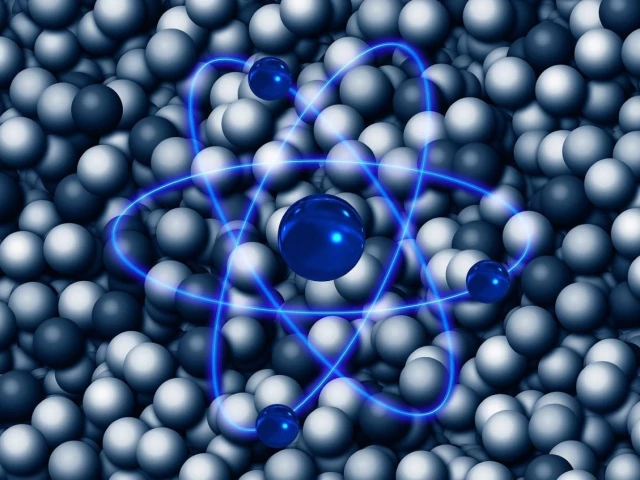Princeton’s AI breakthrough brings fusion energy closer to reality
AI breakthrough brings fusion scientists closer to clean energy’s holy grail: limitless power

A team of scientists at Princeton University has developed a groundbreaking artificial intelligence tool that could help solve one of fusion power’s most persistent challenges—maintaining plasma stability inside reactors.
The system, known as Diag2Diag, can “see” what sensors miss, recreating lost or incomplete data to help control plasma—the ultra-hot fuel that powers fusion. The innovation, detailed in Nature Communications, could move fusion energy a step closer to becoming a reliable and efficient power source.
“We’ve found a way to take the data from a bunch of sensors and generate synthetic versions of data for a different kind of sensor,” said Azarakhsh Jalalvand, lead author of the study. “The reconstructed data often contains richer detail than what sensors alone can capture.”
Researchers from Princeton University, the U.S. Department of Energy’s Princeton Plasma Physics Laboratory (PPPL), and partners in South Korea and the United States collaborated on the project, training the AI with data from the DIII-D National Fusion Facility in California.
Fusion and AI
Fusion systems rely on a range of “diagnostics” to measure properties like temperature and electron density. However, many tools can’t detect rapid plasma instabilities—sudden fluctuations that can disrupt a reactor.
“Diag2Diag is giving your diagnostics a boost without spending hardware money,” said Egemen Kolemen, the project’s principal investigator at Princeton and PPPL.
This breakthrough is particularly significant for Thomson scattering, a diagnostic technique used to study the “pedestal” or outer edge of the plasma—the most critical and difficult area to measure. By reconstructing high-resolution data, Diag2Diag helps researchers better understand how to stabilize the plasma and maximize energy output.
Compact and Cost-Effective Fusion Systems
According to PPPL scientist SangKyeun Kim, Diag2Diag could make future fusion reactors more compact and affordable.
“Today’s experimental tokamaks have many diagnostics, but commercial systems will likely need far fewer,” Kim said. “This helps make reactors smaller, simpler, and more reliable.”
Fewer sensors also mean less maintenance, more efficiency, and fewer potential points of failure—vital traits for any future 24/7 power source.
Supporting theories behind plasma stability
Diag2Diag also provided evidence supporting a leading theory on how resonant magnetic perturbations (RMPs) help suppress edge-localized modes (ELMs)—sudden, destructive bursts of energy inside reactors.
By reconstructing detailed temperature and density data, the AI confirmed that RMPs can create “magnetic islands” at the plasma’s edge, helping flatten energy distribution and improve stability.
“Diag2Diag provided much more detail on how this happens and how it evolves,” said Qiming Hu, a principal research scientist at PPPL.
Broader application ahead
The Princeton team believes Diag2Diag could be used beyond fusion energy—in fields such as spacecraft systems, robotic surgery, or any technology that relies on precise sensor data.
“Diag2Diag could be applied to other fusion diagnostics and fields where data is missing or limited,” Kolemen said.
With this AI breakthrough, fusion scientists may be one step closer to achieving what has long been seen as the holy grail of clean energy—a limitless, stable, and affordable power source for the future.



















COMMENTS
Comments are moderated and generally will be posted if they are on-topic and not abusive.
For more information, please see our Comments FAQ